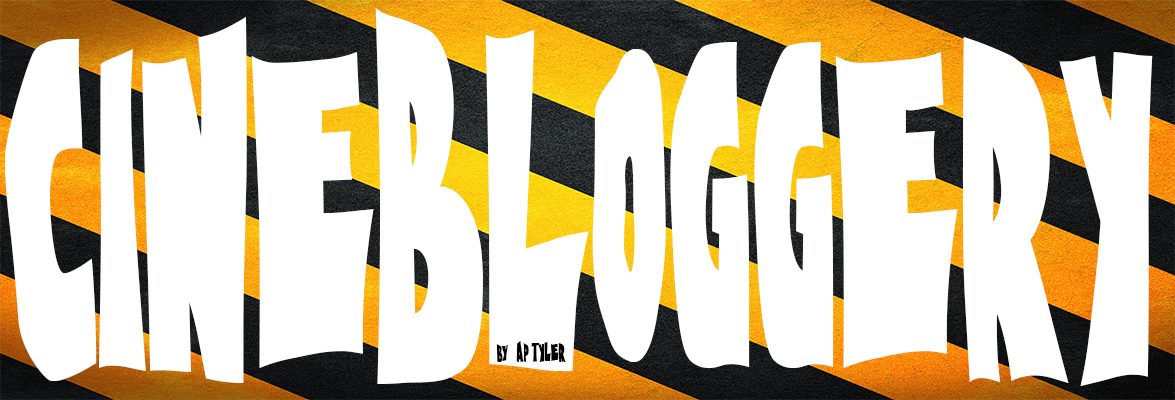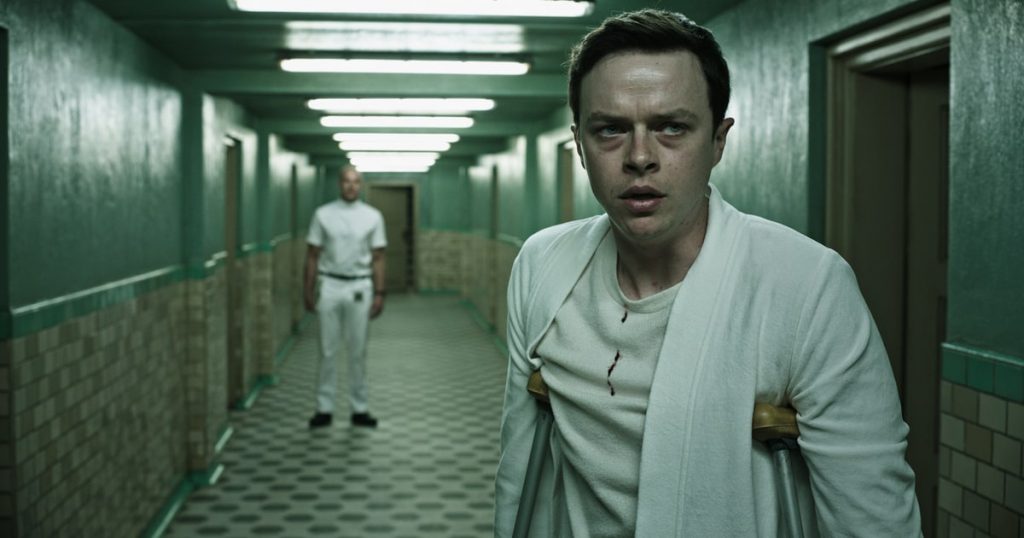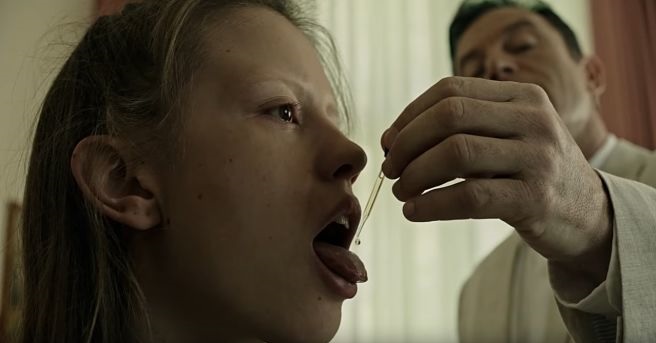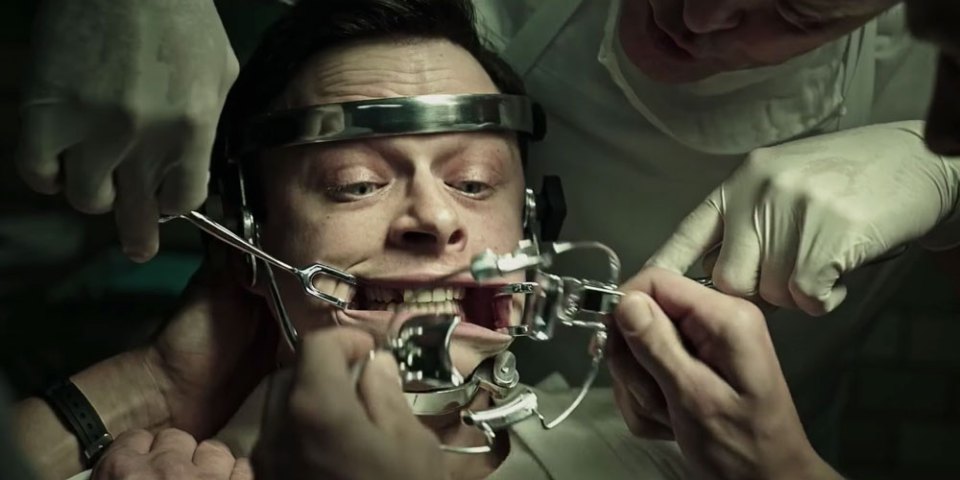Who’s The Real Sick Man, In This So-Called Society?
Does anybody else feel like the phrase ‘a cure for wellness’ has been used before? I don’t know what it is, a book, a song, a comic possibly? I can’t place it – and not even the oracle of Google is doing anything to relieve me of this feeling. It leaves me feeling uneasy, like I’ve mislaid a part of my cultural memory or, even worse, have imagined the whole thing.
It’s not a feeling I like to dwell on very much, which is a shame as I haven’t been able to shift the feelings of unease since I watched A Cure For Wellness (2017) the other night. I’m ill at ease because on face value, the film is, well, a bit pants. But there’s something about it that stuck with me and doesn’t seem to want to leave. I mean, why would it want to..?
OH GOD. Sorry. I’m feeling much better now, thank you.
Directed by the wonderfully named Gore Verbinski, The Cure For Wellness is described as a psychological horror/thriller and mostly set in a colour saturated yet mysterious rehabilitation-come-asylum at the foot of the Swiss Alps.
The story follows Lockhart (Dane DeHaan), a young American executive who has been tasked to head to the Swiss Alps to retrieve the company’s absent CEO, Roland Pembroke (Harry Groener) after he did a runner some months before. Reluctant, but eager to impress the members of the Board – and avoid legal action after the dodgy deal that landed him the job in the first place – Lockhart shoots off into the unknown armed with a laptop, a mobile phone and a sharp-tongued arrogance that would make Piers Morgan blush.
As Lockhart arrives at the hospital to a wonderful synthwave soundtrack, his impressively helpful driver regales him with stories of the hospital’s origins – from construction to demolition at the hands of an angry village mob, who – in true gothic horror style – felt a little upset at what may or may not have been going on within.
Once Lockhart announces his arrival, he is quickly surrounded by the wealthy elite, desperate to find health and salvation through gentle sports, meditation and yoga. Bemused, he takes to swaggering around the site chewing nicotine gum until he gives up and returns to his waiting driver to take him to a hotel in the village. That’s when things start to take a turn.
Anybody who has seen the trailer will be aware that the promise of the film is that no one ever leaves the hospital – and nobody ever wants to. Lockhart’s car is overturned on the road back to the village and subsequently returned to the hospital for treatment. Promised that his corporate bosses have agreed to some time for recuperation, Lockhart takes advantage of his time to wander the grounds, meet the patients and – most importantly – confront the elusive Pembroke. Along the way, Lockhart’s actions begin to gain the attention of the suspiciously creepy Hannah (Mia Goth) and sinister Director, Dr Heinrich Volmer (Jason Isaacs).
“Will My Daddy Come?”
As the story progresses, wider themes such as traditionalism and sexual awakening begin to emerge beneath the shadow of suspicion, paranoia and fear that many of the characters begin to reveal through their actions. I don’t want to go into too much detail, for fear of ruining the experience, but I must say that for the most part, the film is quite happy to wear its plot on its sleeve. The source of the evil that begins to plague Lockhart’s mind during his time in the hospital is fairly obvious, as are many of the twists and turns the story takes along the way to its inevitable conclusion.
I don’t know, maybe I’m just a bit jaded, but the film appeared to me to damn well try its hardest to signpost every single part of the third act. Whether it is a small moment, a single line of dialogue or an example of a greater motif – everything was there, if you knew where to look. In many ays this felt like an old adventure game, where you will have had to have done something to move the plot forward – even stealing a lighter is enough to guide the events of the narrative.
That said, I was a little surprised when the slow paced, Hitchcock-come-Stanley Kubrick tone grabbed itself by the crotch and leapt out of the nearest window to become an Andrew Lloyd-Webber nightmare, complete with gothic horror betrayals and masquerade ball. It was a little bit jarring, to tell you the truth. Not that this is necessarily a bad thing – although I suspect we were receiving some quite dodgy looks from the audience around us. That final shot virtually had us rolling in our seats.
But, Really…
As I said in the intro, I’m conflicted by A Cure For Wellness. While on one hand it was predictable and consciously dragged its feet to get to the next plot point, the visuals were exceptional throughout, and when the film needed to do something disturbing to wake the audience up – you better bloody well prepare yourself. Dentist drills, man. Dentist drills.
Likewise, the execution of the sound design was great – though once again did nothing to conceal the details of the plot. From the very first scene, our attention is drawn to drinking water – each time it happens, the audio is boosted so every slurp and gurgle drowns out the rest of the scene. If you’re not immediately suspicious of the water, you definitely will after the fifteenth shot of Lockhart downing a full glass.
I dunno, I feel like more should have been done to play up the wealthy elite handing itself over to a frightening German man for ‘treatment’. I feel like there wasn’t any real justification for Lockhart to be a young man. I feel like there should have been a greater impact when Lockhart finally snaps – and, most of all, I feel like I need to find a pub like the one shown in the Swiss village. Nice to see some 1980s punks back on the big screen, too. I miss those guys.
Overall, despite a nagging feeling that this will pick up a cult appeal, A Cure For Wellness missed a trick for me. The themes of capitalism vs. traditionalism were wafted around the set, but never really seemed to stick while the general mystery felt a little too obvious. There is no doubt it is entertainment, but I think I would have preferred it to be a little more Fight Club (1999) and little less Hammer-Horror. Instead we were left with Blood Baron (1972) through the viewfinder of the man behind the 2002 remake of The Ring.
What…? That’s exactly what it was?
Oh.
Well.
Carry on, then.
Yours, A P Tyler
PS. I should also note that the soundtrack is actually very good – especially worthy of mention is Mirel Wagner & Benjamin Wallfisch’s cover of The Ramones’ “I Wanna Be Sedated”. Click below and give it a listen, I guarantee it will last longer than the memory of the film it promoted.



